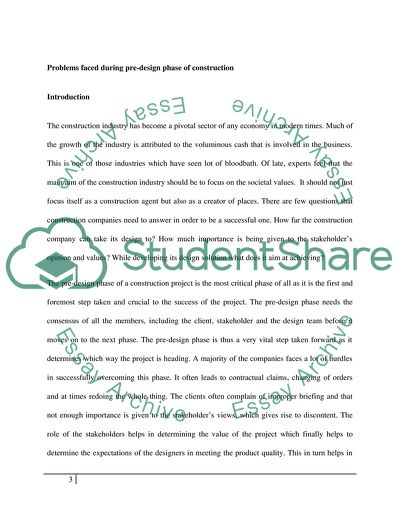Cite this document
(The Role of the UK Government Procurement Guidance in Achieving Research Paper, n.d.)
The Role of the UK Government Procurement Guidance in Achieving Research Paper. Retrieved from https://studentshare.org/engineering-and-construction/1725447-the-role-of-the-uk-government-procurement-guidance-in-achieving-excellence-in-construction
The Role of the UK Government Procurement Guidance in Achieving Research Paper. Retrieved from https://studentshare.org/engineering-and-construction/1725447-the-role-of-the-uk-government-procurement-guidance-in-achieving-excellence-in-construction
(The Role of the UK Government Procurement Guidance in Achieving Research Paper)
The Role of the UK Government Procurement Guidance in Achieving Research Paper. https://studentshare.org/engineering-and-construction/1725447-the-role-of-the-uk-government-procurement-guidance-in-achieving-excellence-in-construction.
The Role of the UK Government Procurement Guidance in Achieving Research Paper. https://studentshare.org/engineering-and-construction/1725447-the-role-of-the-uk-government-procurement-guidance-in-achieving-excellence-in-construction.
“The Role of the UK Government Procurement Guidance in Achieving Research Paper”, n.d. https://studentshare.org/engineering-and-construction/1725447-the-role-of-the-uk-government-procurement-guidance-in-achieving-excellence-in-construction.


